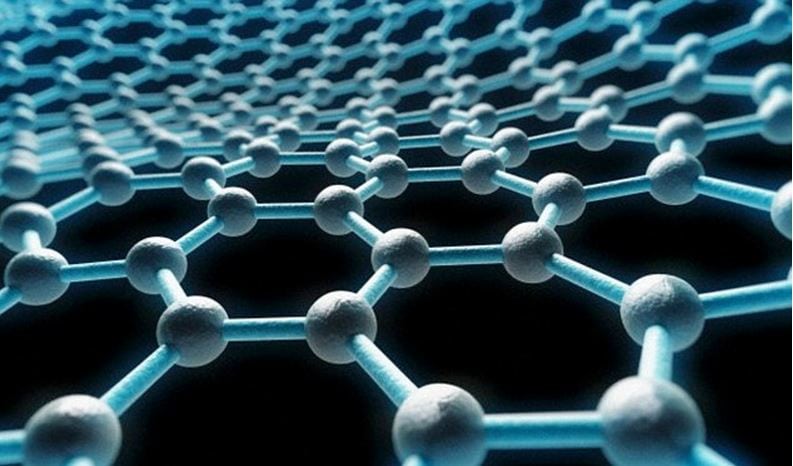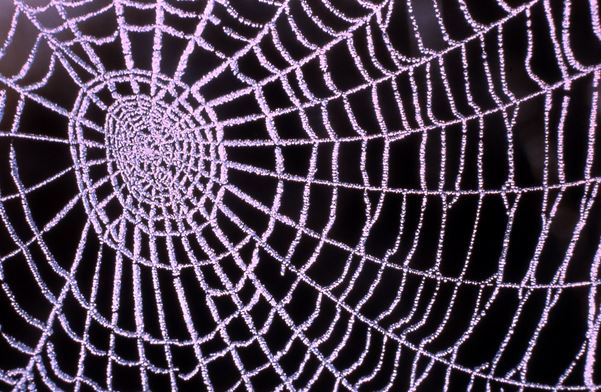Spider silk is the strongest natural substance on Earth, while graphene is the strongest material known to science. So, what happens when you spray a spider with graphene? You get a mega-bionic web, strong enough to catch falling aircraft, says a team of scientists from the University of Trento, Italy.
Graphene is the strongest material on Earth known to scientists – it is 200 times stronger that steel. It is also the world’s lightest and thinnest material, consisting of a single layer of pure carbons laid out in a hexagonal lattice pattern.
Researchers describe graphene as a 2-dimensional object because it is so thin.

Graphene is a form of carbon made up of planar sheets which are one atom thick, with the atoms arranged in a honeycomb-shaped lattice.
Professor of Solid and Structural Mechanics at the University of Trento, Nicola Pugno, wondered what could happen if you combined the world’s strongest natural material with the strongest material of any kind, i.e. spider silk with graphene.
A team of researchers at the University of Trento, led by Prof. Pugno, sprayed five spiders from the Pholcidae family with a mixture of water and graphene particles. They also sprayed ten other spiders with a carbon nanotube and water mixture.
Some of the spiders were clearly harmed by the application of spray and produced poor-quality silk. For others, however, the effect was incredible. One of them produced a web 3.5 times as strong as a normal spider web.
How did the graphene get into the spider silk?
The researchers do not know how the graphene and carbon nanotubes got into the spider silk. They suggested that perhaps the carbon coated the outside of the strands, but that would not explain why the web got so strong and tough, Prof. Pugno said.
The scientists believe that spiders mop up materials in their environment and incorporate them into the silk they weave – the same probably occurred with the graphene and nanotubes.
Some of the spiders died soon after being sprayed with the mixture.

Could a graphene-laced spider web catch a falling airplane?
Prof. Pugno and colleagues wonder what this new super-silk could be used for. One of the suggestions put forward was to make a giant net that could catch falling airplanes.
The team now plans to see how else graphene might be used to toughen natural materials, such as the silk made by silkworms.
Prof. Pugno said in an interview with the New Scientist “This concept could become a way to obtain materials with superior characteristics.”
In April, an international scientific team informed that graphene can convert light to electricity at ultra-fast speeds. They believe their discovery may have a major impact on a number of technologies, including cameras, solar cells and data communications applications.
Scientists from the University of California, San Diego, announced they had devised a method to increase how much electric charge graphene can store. They say their research may help improve the energy storage ability of capacitors for potential applications in cars, wind turbines and solar power.
Scottish scientists say they can now produce graphene one hundred times cheaper.
